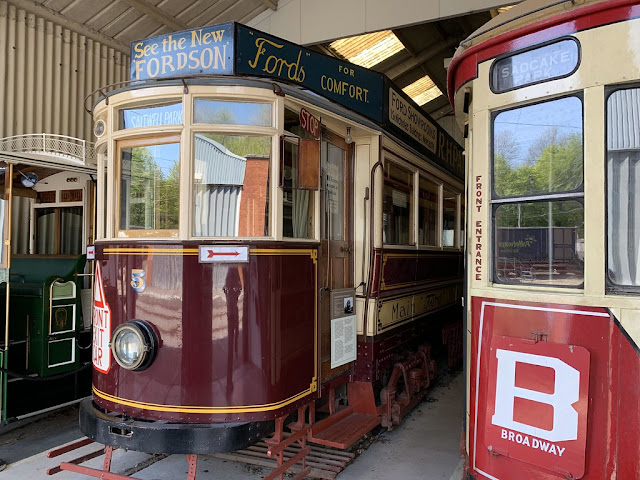| Information | |
|---|---|
| Number built: | 2 |
| Built: | 1972 |
| Builder: | BR Crewe |
| Motor: | Rushton Paxman Valenta 12RP00L diesel |
| Power: | 2, 250 hp (1, 678 kW) |
| Wheel arrangement: | Bo-Bo |
The High Speed Diesel Train project was begun as a lower-risk complement to the Advanced Passenger Train (APT) which could be used to reduce journey times on routes the APT would not be used on for the forseeable future [2]. The High Speed Train (as it became) was intended as an interim though as we know the APT failed to enter service and the HST is still in service in 2019!
Following a period of dispute over the cab layout with the railway unions, the start of testing was delayed until 1973. The prototype HST ran trials mostly on the East Coast Main Line. It wasn't long before the train broke the world record for diesel traction (since broken by the production HST). The train was also used in revenue-earning service on Western Region expresses [3]. By 1976 production HSTs (powered by the Class 43) were now in service and the prototype train was withdrawn. The power cars were used to power test trains at Derby for the Advanced Passenger Train. Some of the prototype Mark 3s were rebuilt for use on the Royal Train.
The prototype power cars were very similar to the production ones which followed however there were some notable differences. A small cab was fitted at the blunt end of the power car for shunting purposes, and the cab has a different internal arrangement and externally is slightly blunter. The power cars also had buffers unlike the production power cars (though some later have had buffers retro-fitted). The power cars and coaches wore Pullman livery of rail grey and rail blue [4].
The prototype HST was given a TOPS code of Class 252 with the power cars Class 41 (though later given coaching stock numbers 43000 and 43001). One power car has survived into preservation.
 |
| 41 001 at Kidderminster Town |
 |
| The prototype HST wore Pullman livery |
 |
| The prototype has a shunting cab unlike production power cars |
 |
| Rear end of the power car, showing the guards door |
 |
| Cab view |
 |
| Another view at Kidderminster Town |
[1] Brian Haresnape, High Speed Trains (Ian Allan, 1983) p. 40
[2] David Lawrence, British Rail Designed 1948-1997 (Ian Allan, 2016) p. 192
[3] Haresnape p. 48
[4] Bruce Peter, The Changing Face of British Railways (Lily, 2018) p. 232











